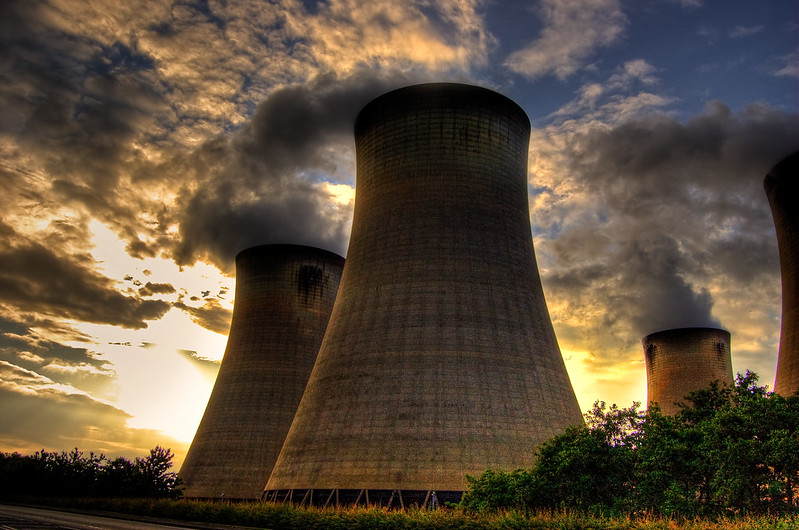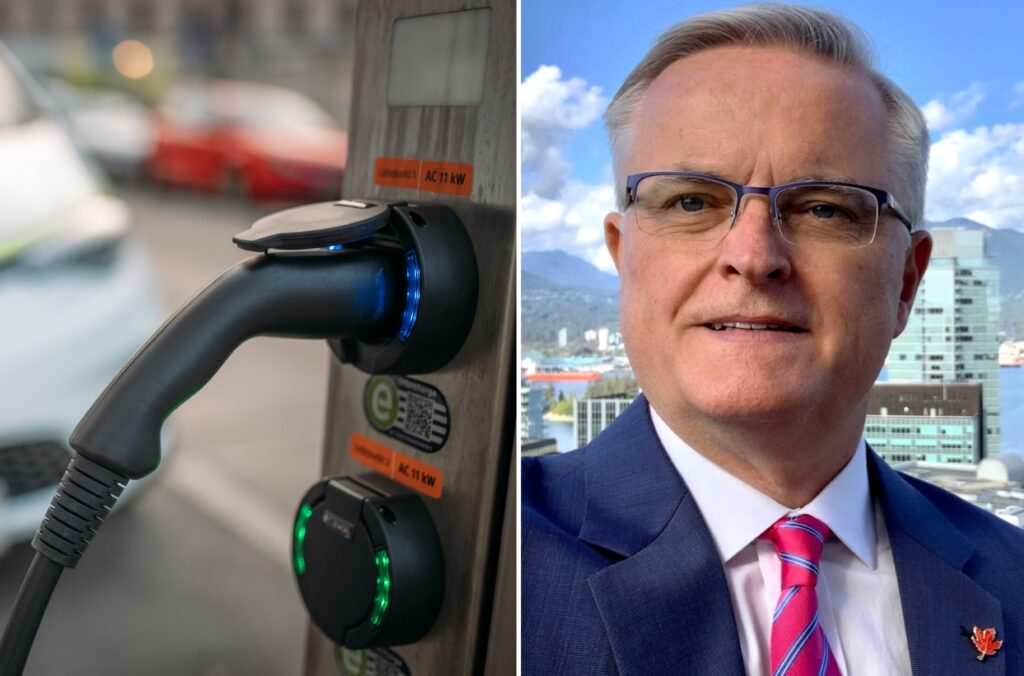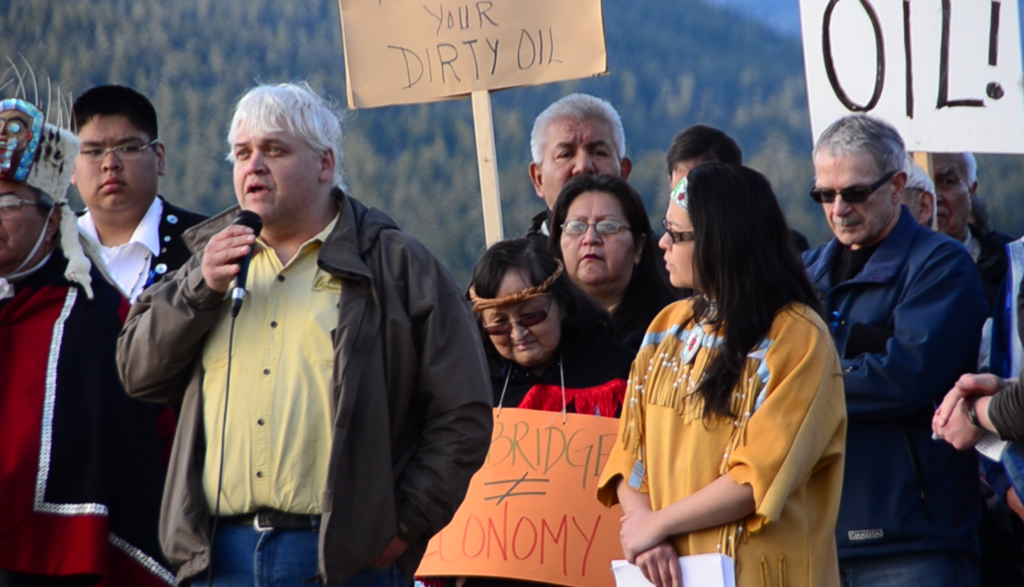After a year-long planning process, Energy Security and Net Zero Secretary Claire Coutinho on Wednesday gave the green light to Drax’s carbon capture (CCS) proposal for two of its large biomass units.
The measure will not improve the UK’s energy security, or help cut emissions in line with net zero. But it could secure them billions for the continued burning of wood pellets.
Drax, whose Yorkshire power station burns more wood than any other plant in the world, first announced its “ambition to become carbon negative by 2030” over four years ago at the COP25 climate talks in Madrid. This announcement was combined with a call for the right “investment framework”.
The ambition relies heavily on Drax receiving continued subsidies from the UK taxpayer. The biomass giant has already benefited from many billions of pounds in subsidies since 2012, and is now chasing more.
According to research by think tank Ember, the rising costs of wood pellets mean the subsidy required for Drax’s BECCS plant could reach £1.7 billion every single year.
To call Drax’s CCS proposal ambitious would be an understatement. Not only does the firm want to realise a Bioenergy with Carbon Capture and Storage (BECCS) project that involves burning wood and capturing resulting emissions underground – something nobody has ever done before – but the firm wants to do so on a grand scale.
Drax’s official plan is to capture four million tonnes of CO2 a year from 2030, and eight million tonnes from 2035.
Unproven
For anyone with the slightest knowledge of scientific and technological evolution, this should set off alarm bells.
It is universally accepted that all successful new technologies will have gone through a number of different levels of ‘technology readiness’, including successful laboratory experiment, a pilot or prototype test project, a successful demonstration project and only then a commercial-scale application.
Although carbon capture has been used for a long time with other processes, including coal combustion (generally performing far below expectations), those experiences cannot simply be applied to biomass plants.
This is because the process involves putting flue gases in contact with chemical solvents, called amines, which are selected to work best in different environments. Flue gases from burning wood are substantially different from flue gases from burning coal or fossil gas, and there are significant challenges to be overcome.
Meanwhile, Drax confined its trial of the proposed carbon capture method to a total of 27 tonnes of CO2 over 90 days – out of around 13 million tonnes of CO2 that their biomass units emit to the atmosphere in one year, a figure which makes Drax power station the single biggest carbon emitter in the UK.
The company even admitted that the trial was not set up to show how much energy was required for the process. In its application to amend the existing Environmental Permit, Drax called its BECCS proposal a “novel and complex installation”.
And it gets worse: carbon cannot be captured without the infrastructure to transport and then depose of (or utilise) it. Drax’s project involves injecting the CO2 into a pipeline, connected to another offshore pipeline, leading to a CO2 injection site in the North Sea.
None of this infrastructure exists. National Grid was due to apply for planning consent for the onshore pipeline last year, but instead pulled out of the project, and nobody else has offered to develop the pipeline.
Quest For Subsidies
Why then has Drax spent considerable resources on getting planning consent for something it has neither the technical know-how nor the infrastructure required to implement?
The answer can be found in a 2018 government decision to end biomass power subsidies (with a few exceptions that don’t apply to Drax). There was one caveat: the government would, at the same time, look at removing barriers for supporting BECCS.
For Drax, removing barriers meant getting more subsidies, something it has been strongly lobbying for, with some success: the business model for “Power BECCS” that the government adopted last year is virtually identical to what Drax had asked for.
And on Friday, the government put forward plans to offer the Drax power plant extra subsidies after the current levies come to an end in 2027. Those subsidies, if approved, would result in bill payers paying hundreds of millions more to subsidise Drax simply for continuing to burn millions of tonnes of wood pellets.
What Drax’s BECCS planning approval means, therefore, has little to do with actual carbon capture – and everything to do with capturing subsidies, which will allow them to continue with their destructive model of burning wood, much of it from highly biodiverse forests in North America and the Baltic States, while spewing millions of tonnes of CO2 into the atmosphere.
Almuth Ernsting is co-director of Biofuelwatch
Subscribe to our newsletter
Stay up to date with DeSmog news and alerts







